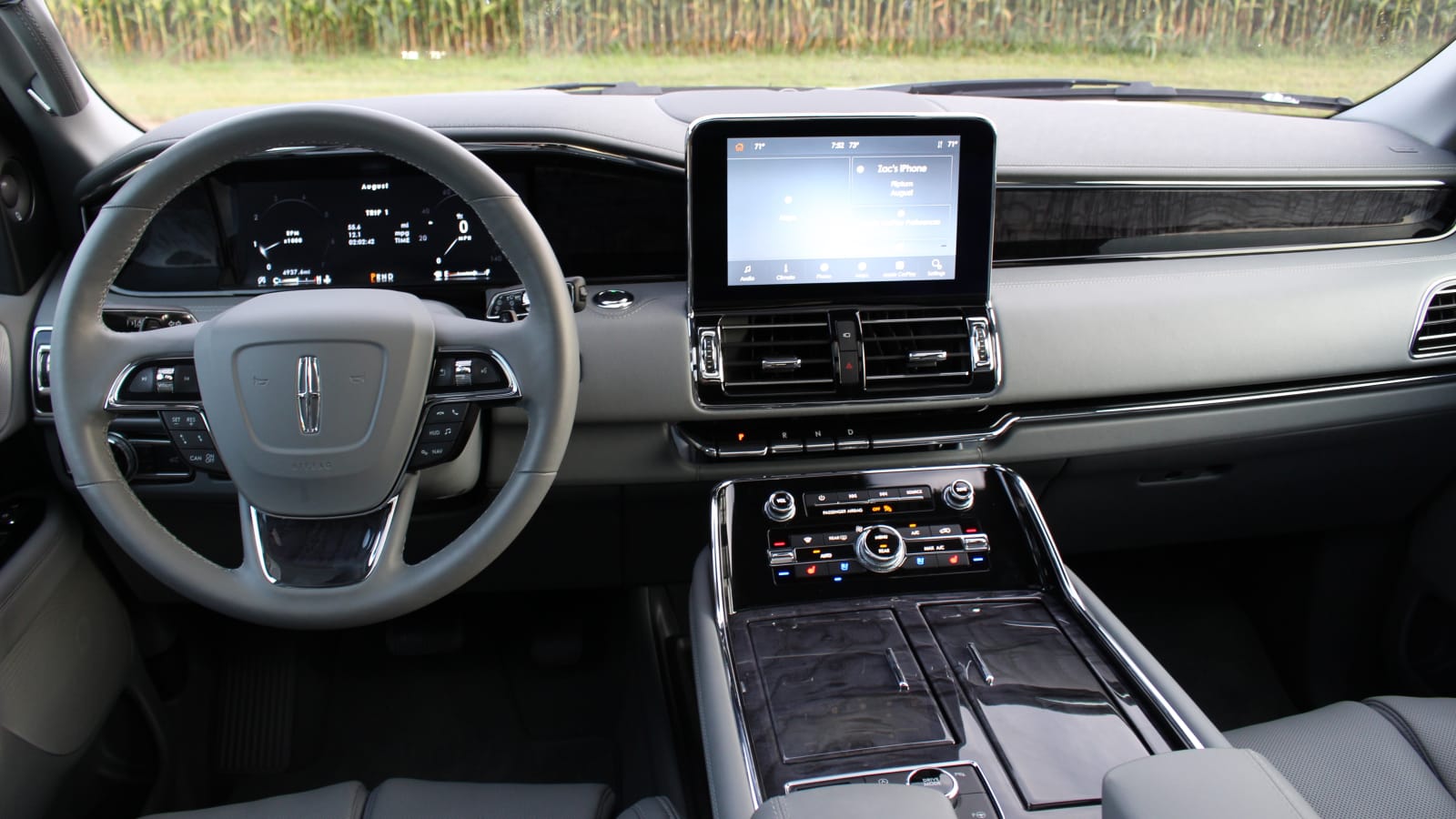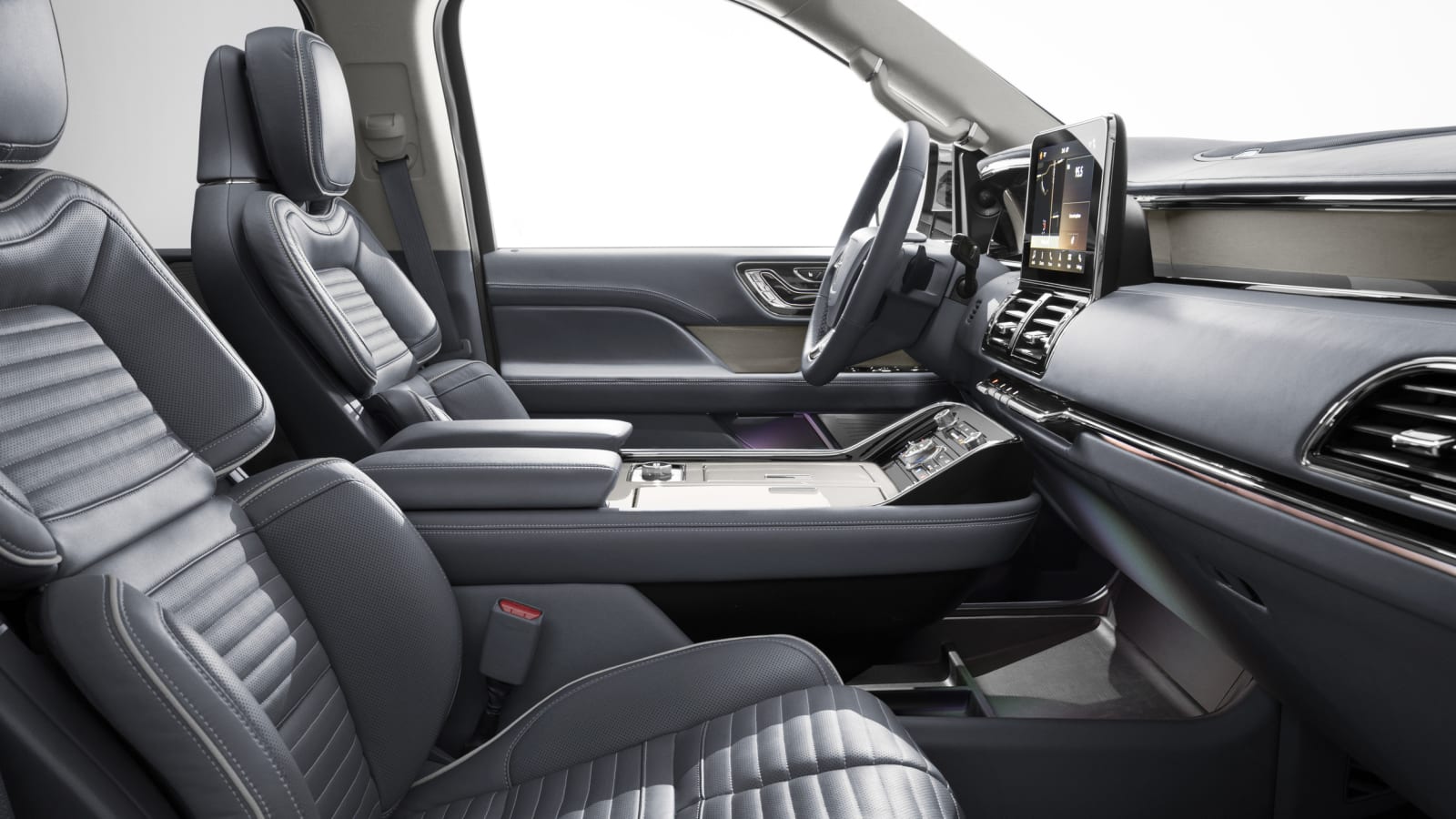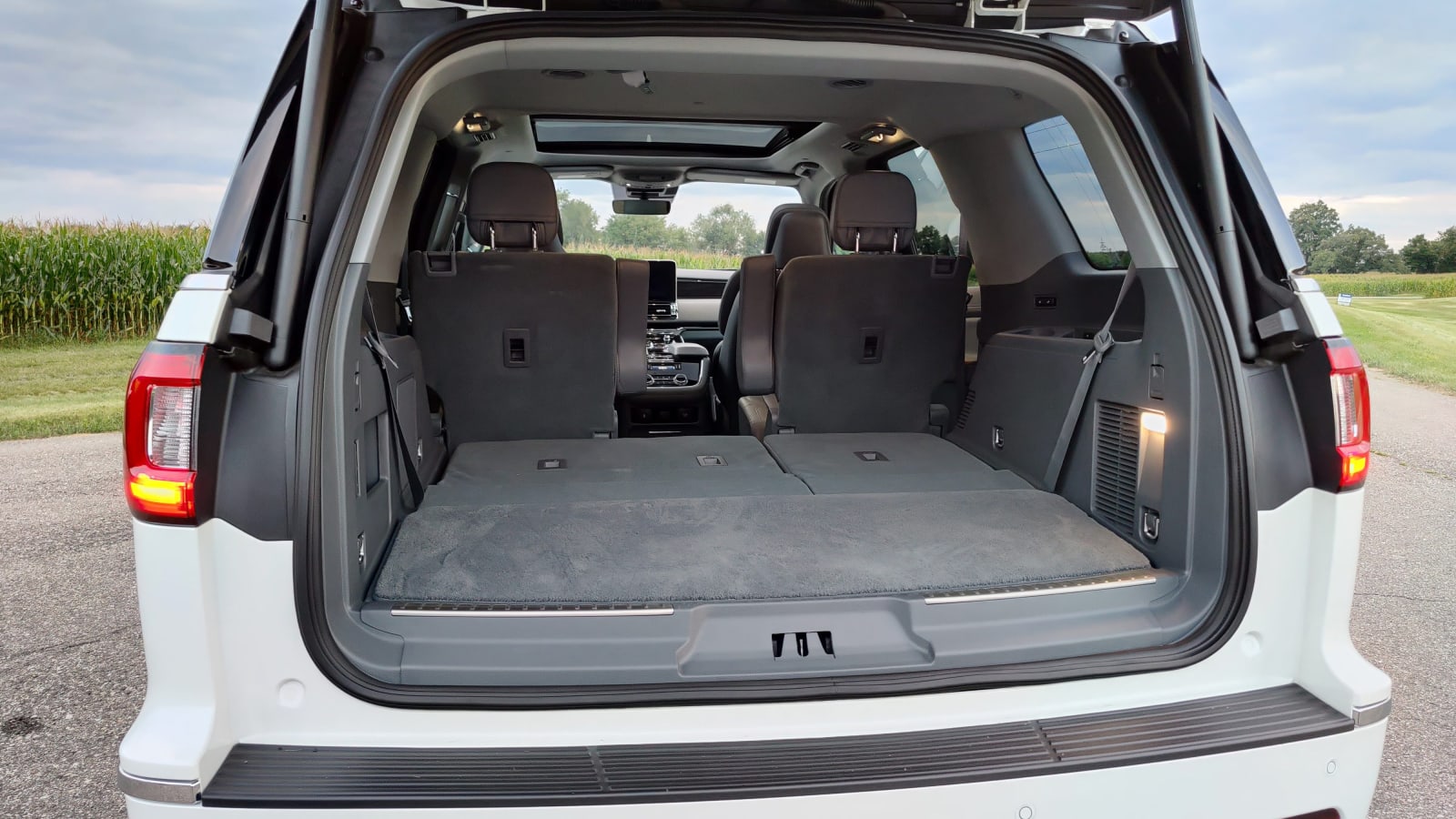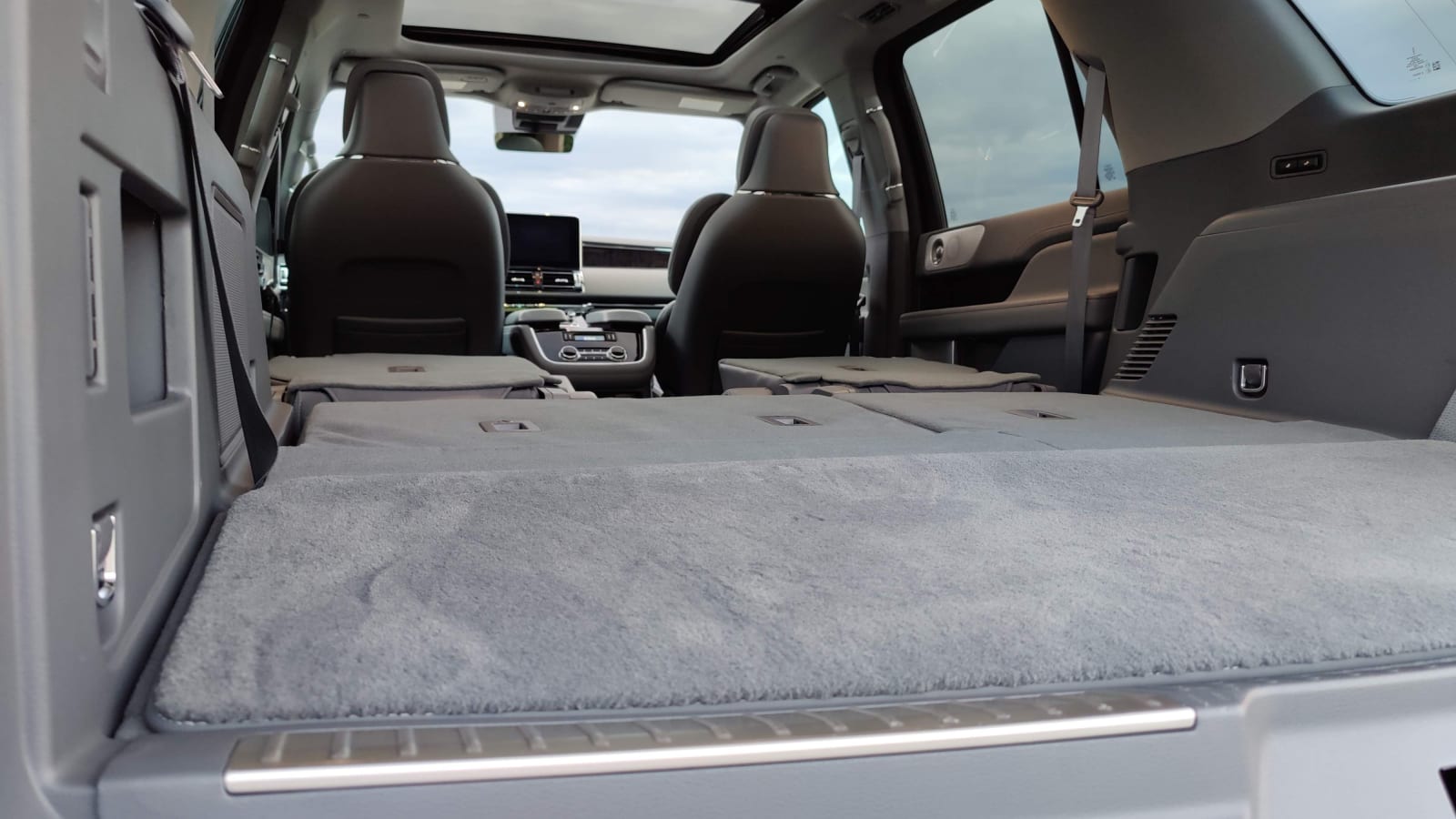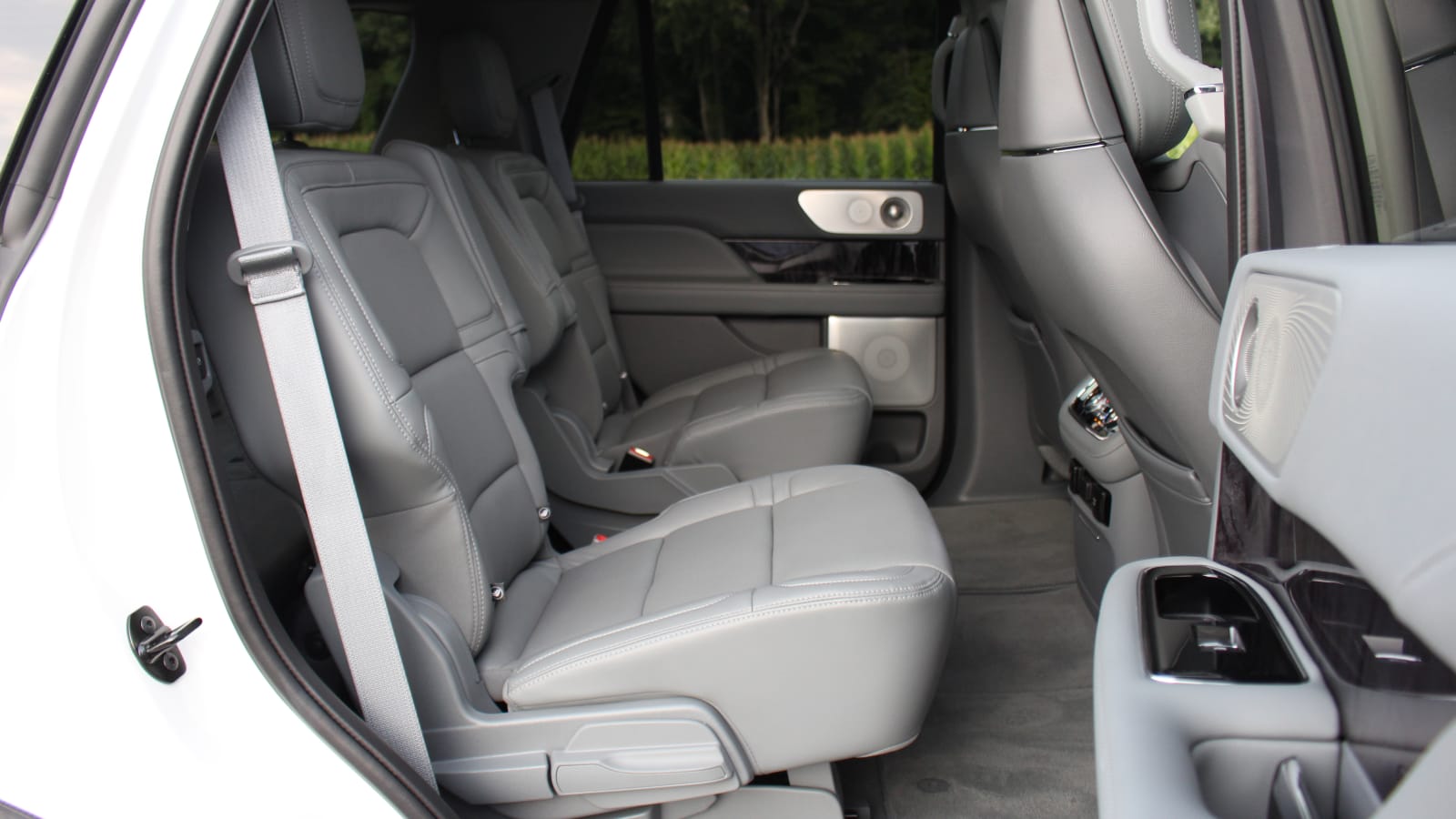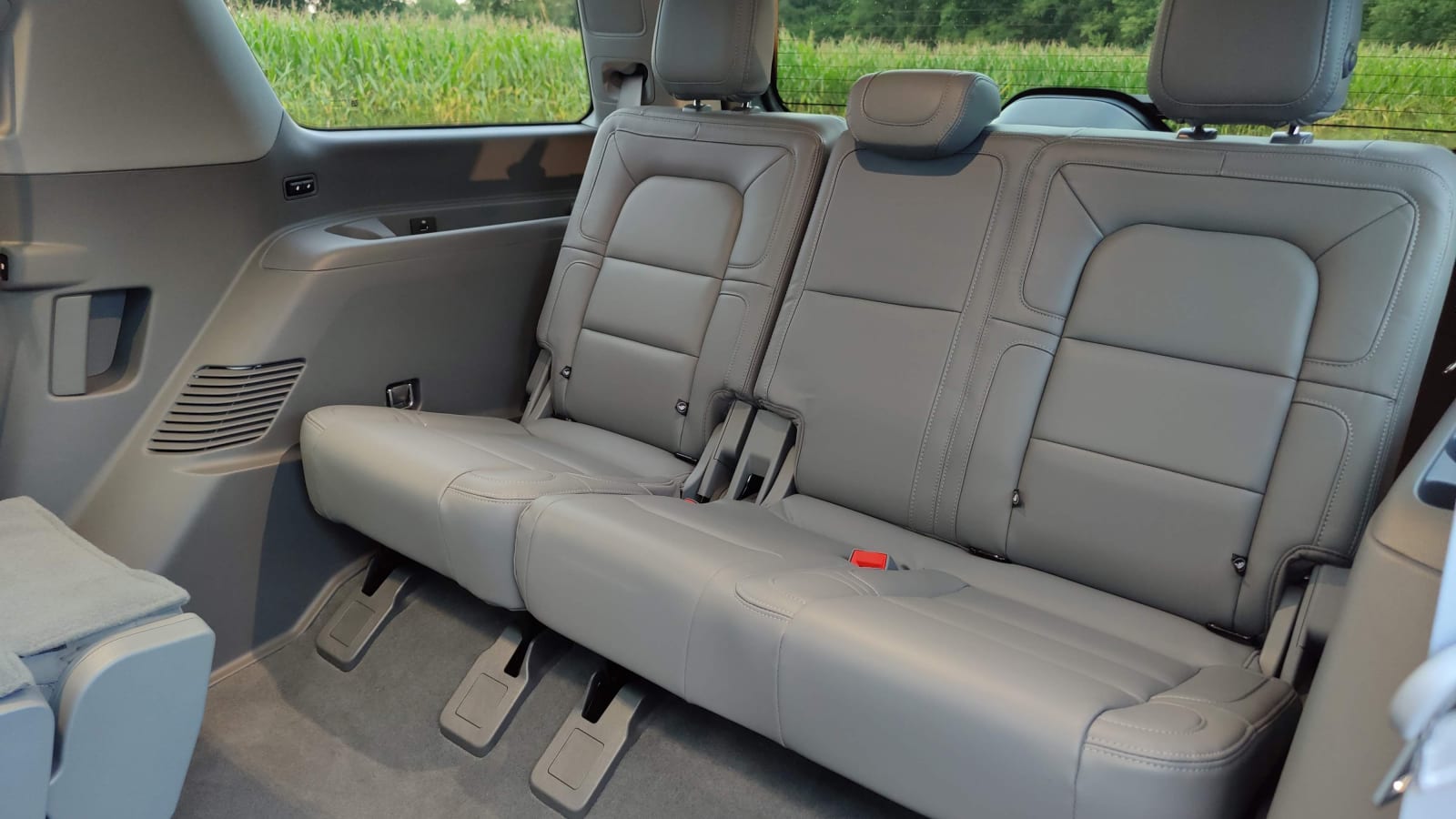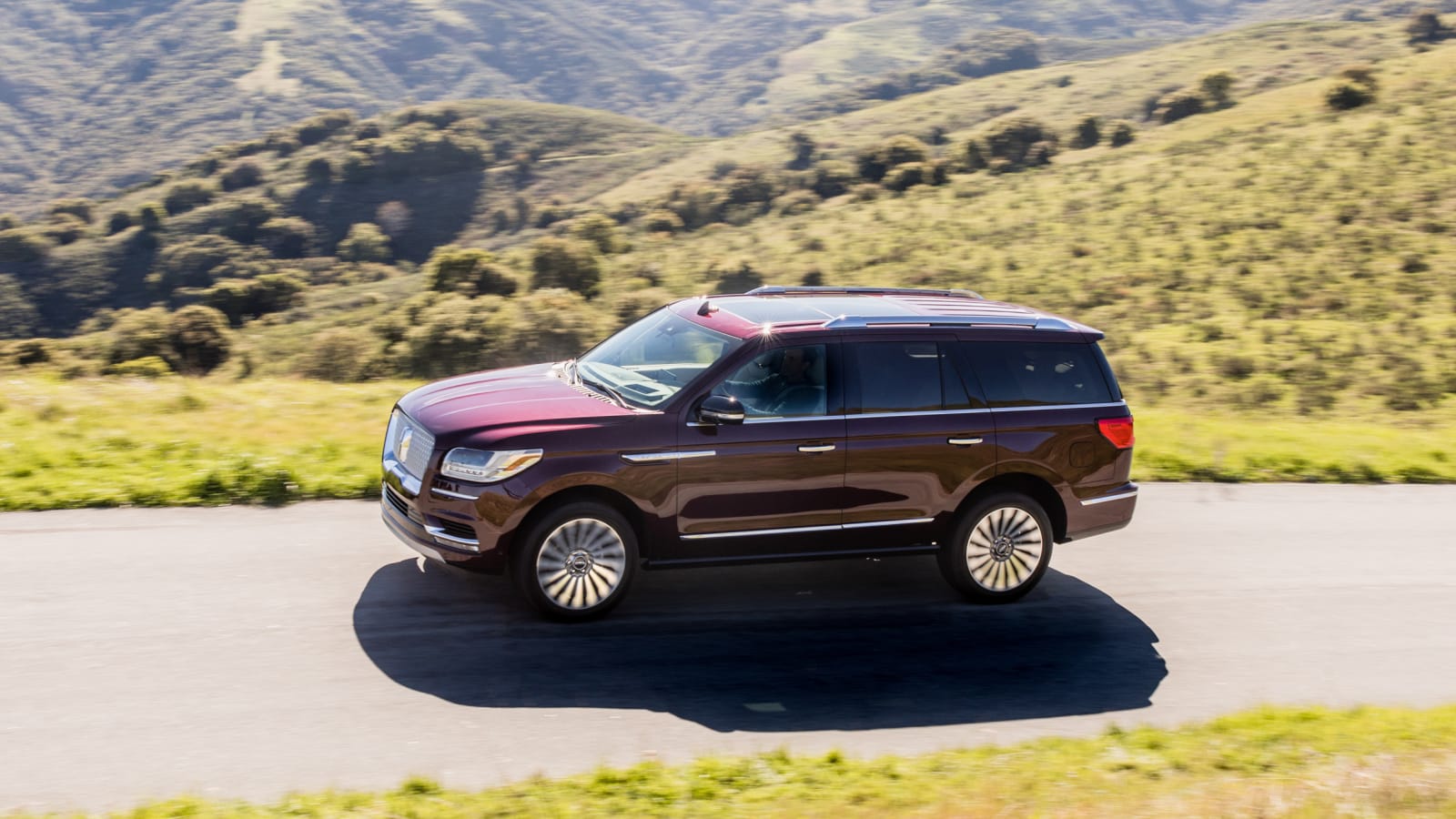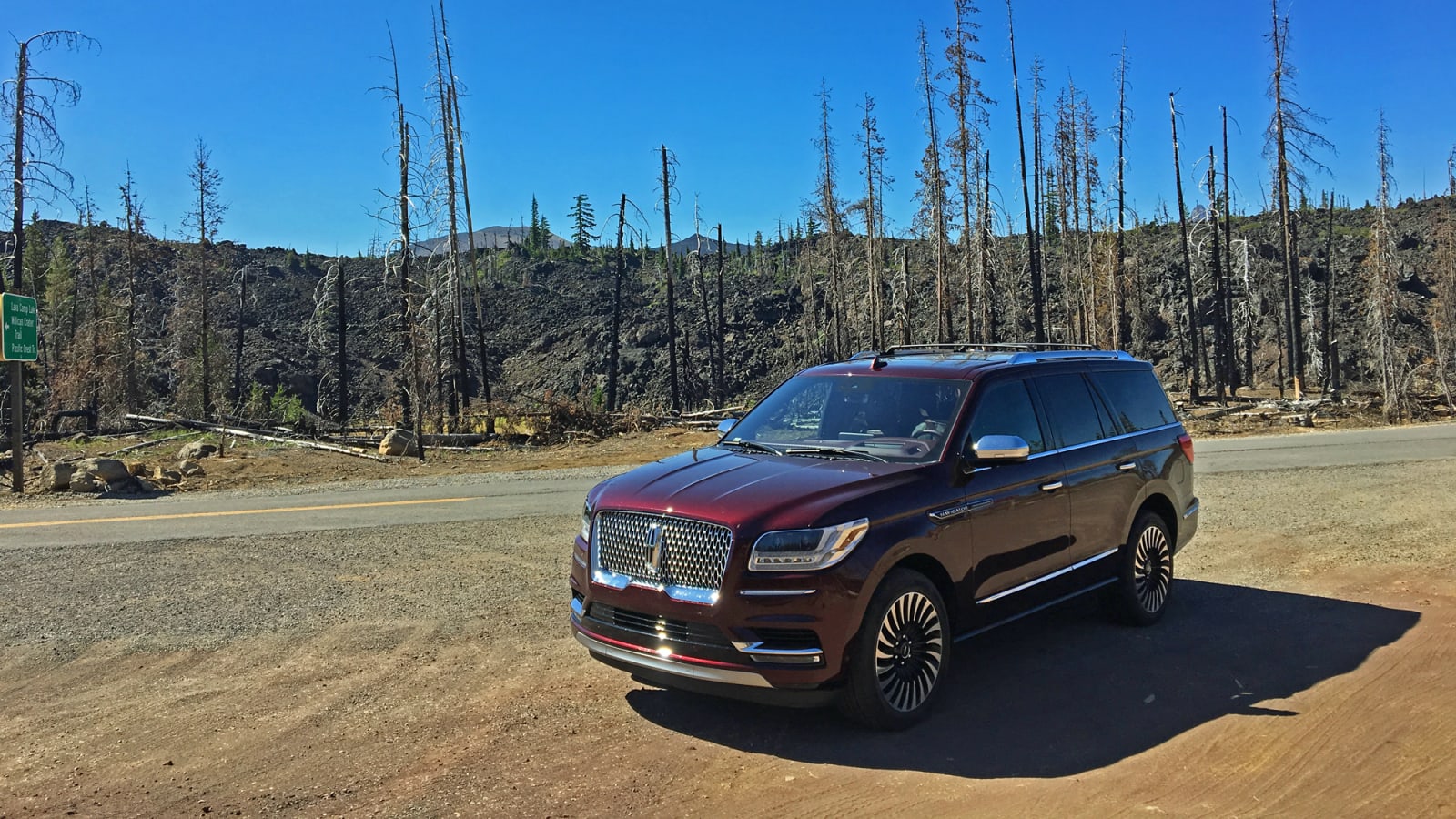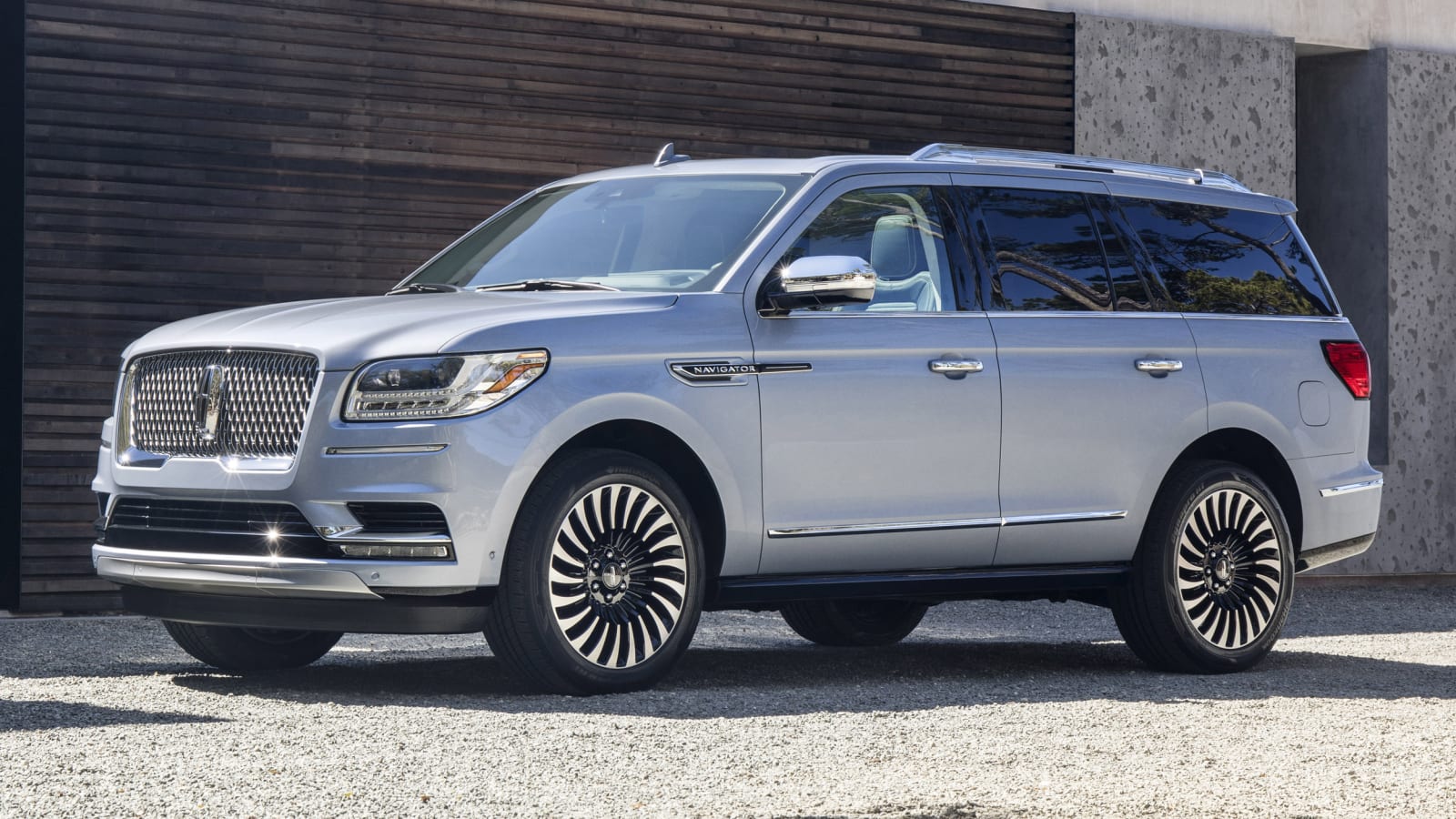The 2021 Lincoln Navigator is true American luxury done in a distinct and proper fashion. It’s Lincoln’s flagship product with the highest level of opulence and glamour that a truck can possibly offer. The Navigator isn’t just a dressed-up F-150 or Expedition with makeup on, either. There’s still mechanically related to that pair with a truck chassis riding on an independent rear suspension hiding underneath, but everything above is pure, luxe bliss.
You’d be hard pressed to find elements missing from the Navigator’s formula in this latest generation of the SUV that came out in 2018. The interior is elegance turned up to the max with a design that evokes old-world charm while fully embracing modernity. It’s not trying to be youthful or edgy. Instead, the Navigator exudes a quiet, grown-up confidence that looks expensive and high class. It brings the guests to the table by adopting its own language of classical luxury, then keeps them there with the tech and capability we expect in a truck approaching a six-figure price. Three rows, two different lengths, one seriously powerful engine and truck-level towing capacity makes the Navigator a heady choice for the luxury truck buyer who wants to do everything with one big vehicle.
What’s new for 2021?
Changes for 2021 consist of new paint colors and minor equipment adjustments. Lincoln has added Asher Gray, Flight Blue, Green Gem and Signature Navy to the paint options. But it’s also deleted Iced Mocha, Silver Jade, Blue Diamond and Rhapsody Blue. Both the limited-slip differential and heavy-duty trailer tow package have also been made standard on the Black Label.
What’s the interior and in-car technology like?
The standard and Reserve Navigators are mighty luxurious on their own (including the interior shown in the top two photos above), but if you step up to an expensive Black Label trim, you’re in for an absolute treat. Its interior offers a choice of “Themes” that go far beyond the usual color choices of black, beige and gray, with maybe a different wood type or two. Of the three, “Chalet” is the most conventional with its blend of tan and black, but the oxblood red “Destination” (above bottom-left) and cool blue “Yacht Club” (above bottom-right) are unlike anything offered by another brand (OK, maybe you could special order a Bentley or Rolls-Royce). Lincoln complements all of its colors with beautifully paired trim options and control finishes that match the high level of luxury throughout the interior.
The infinitely adjustable (30-way) seats can be made comfortable for most, but it may take a year before you find the “Perfect Position” promised by their name. Backseat passengers will be met with a high level of comfort and support, as the high-mounted captain’s chairs offer nearly as much comfort as those up front. With its broad space, big center console, household-style power plug and in-car WiFi, we’ve even used the Navigator’s back seat as a mobile office during a road trip.
Lincoln basically re-skins infotainment tech from Ford for the big 10-inch screen stuck to the center of the dash (read and watch our full review here). It’s ultimately a functional and effective system, but it obviously doesn’t put on as much of a show as the massive OLED screens found in the new Cadillac Escalade. Our biggest complaint is its distance from the driver — the dash is so wide that it’s difficult to reach the far-right edge, and there are no physical controls to back up the touchscreen. Thankfully, Ford’s latest Sync software is generally bug-free and simple to use. You get physical controls for both the radio and climate control under the screen, and the push-button gear selector strip is positioned in the middle of it all. The instrument cluster is totally digital, but it’s as basic as it gets with a minimalist and simple design.
How big is it?
The 2021 Lincoln Navigator is huge, and it can get even bigger if you get a Navigator L that adds 11.9 inches of overall length and 9.1 inches to the wheelbase. It appears gargantuan in person, towering high above everything that isn’t a truck and taking up every inch of available room in parking spaces. Don’t come near it if you dislike large cars.
Thankfully, the Navigator actually puts all that real estate to good use – which isn’t always the case among full-size SUVs. Three rows of seats are standard, and the second row can be made up of either captain’s chairs or a bench for maximum capacity. No matter the size or row, you’re going to have more than 40 inches of legroom and enough space for even tall adults. That includes the third row, which we’ve found to be more spacious and comfortable than any other, period. That includes those of crossovers, minivans and other full-size SUVs.
Note that passenger space is the same in both regular and Navigator L models. They differ in terms of cargo space. While the regular model’s 19.3 cubic-feet of space behind the raised third row is better than most three-row vehicles and is capable of carrying the same amount of stuff as the Expedition, it may not be enough room for a longer trip when all those seats are being used. To that end, the L’s added length yields an extra 15 cubes of cargo room, which is the equivalent of a sedan’s trunk. If you have the room to park it, the L is definitely the way to go if you plan to routinely use all three rows.


